How to Create Parent-Friendly Packaging for Baby Care
-
By: Caroline Ray
-
January 21, 2025
Are you capturing the hearts and minds of parents with your baby care packaging? While the products inside undeniably matter, the packaging can significantly influence parents’ buying decisions. Baby care packaging must balance functionality with safety and aesthetics. Parents seek products that are not only safe for their little ones but also easy and convenient to use. This article will delve into best practices that elevate your packaging game, ensuring it appeals to discerning parents while safeguarding their children, thus fortifying your brand’s appeal in a competitive market.
Best Practices for Parent-Friendly Packaging Design
Safety is paramount in parent-friendly packaging design. To achieve this, packaging must use non-toxic and child-safe materials, ensuring that even if a baby interacts with the packaging, there is no risk of harm. Features such as child-resistant closures can prevent accidental access, while smooth edges and robust construction can reduce the risk of injury. These elements not only protect the child but also provide peace of mind to parents, reinforcing trust in the brand.
Aesthetically, packaging should resonate with parents through clean and visually pleasing designs. These designs should reflect the brand’s identity and values, creating a cohesive look that is both attractive and meaningful. By aligning the visual elements of packaging with the brand’s ethos, companies can enhance brand recognition and loyalty. Designs that incorporate soft colors and minimalistic graphics often appeal to parents, conveying a sense of simplicity and safety.
- Ease of Use: Design packaging that is simple to open and close, minimizing frustration for busy parents.
- Portability: Ensure that packaging is lightweight and easy to carry, facilitating on-the-go convenience.
- Resealability: Incorporate features that allow for easy resealing to maintain product freshness and prevent spills.
- Durability: Use sturdy materials to withstand handling and potential drops, ensuring product integrity over time.
- Clear Instructions: Provide straightforward usage instructions on the packaging to aid in quick and efficient product use.
Cohesive branding in packaging is essential to convey a unified brand message. This involves integrating consistent logos, color schemes, and typography that align with all other brand touchpoints. A well-executed branding strategy ensures that packaging not only stands out on shelves but also reinforces the overall brand narrative, making it memorable and distinctive for consumers.
Incorporating Eco-Friendly Materials in Baby Care Packaging

The demand for eco-friendly packaging in baby care products is on the rise as parents become increasingly conscious of their environmental footprint. This trend is driven by a desire to reduce plastic waste and support sustainable practices. Eco-friendly packaging options, such as recyclable and biodegradable materials, not only help to minimize environmental impact but also resonate with consumers who value sustainability. These packaging choices can enhance brand image, attract environmentally conscious buyers, and contribute to long-term ecological benefits. The AeroFlexx Pak exemplifies a sustainable packaging solution that significantly reduces the use of virgin plastic, showcasing a commitment to environmental goals.
Various sustainable materials offer viable options for eco-friendly packaging in the baby care industry. Recycled paper is a popular choice due to its ability to be reused multiple times, decreasing the demand for new raw materials. Biodegradable plastics, made from renewable resources, break down naturally, reducing landfill waste. Compostable materials provide an additional layer of sustainability, as they can decompose into organic matter, enriching the soil. These materials not only meet the growing need for eco-friendly packaging but also align with brands’ environmental commitments, ensuring that they both meet consumer demands and contribute positively to the planet’s health.
| Material Type | Benefits |
|---|---|
| Recycled Paper | Reduces demand for new raw materials and promotes recycling |
| Biodegradable Plastics | Breaks down naturally, reducing landfill waste |
| Compostable Materials | Decomposes into organic matter, enhancing soil health |
| Plant-Based Plastics | Derived from renewable resources, offering a sustainable alternative to conventional plastics |
The Role of Informative Labeling in Packaging
Informative labeling plays a crucial role in ensuring product safety and transparency, especially in baby care packaging. Parents rely on clear labels to make informed decisions about the safety and suitability of the products they choose for their children. Labels that clearly display important information, such as ingredients and usage instructions, help build trust with consumers by demonstrating a commitment to transparency and safety. Packaging safety features, such as child-resistant closures and non-toxic materials, further protect the product’s integrity and ensure it meets the stringent safety standards expected by parents. Products certified by trusted organizations provide an additional layer of assurance, as these certifications confirm that the items have been tested and verified to be free from harmful contaminants.
For labels to be truly effective, they must include specific information that addresses parents’ primary concerns. An ingredient list is essential, allowing parents to identify any potential allergens or substances they wish to avoid. Usage instructions should be straightforward, helping parents understand how to safely and effectively use the product. Age suitability is another critical detail, ensuring that the product is appropriate for the child’s developmental stage. Safety certifications, prominently displayed, reassure parents that the product has undergone rigorous testing. By including these elements, brands can enhance consumer confidence and strengthen their reputation in the competitive baby care market.
Enhancing Convenience with User-Friendly Packaging Features

For busy parents, why is ease of use in packaging crucial? The answer lies in the daily juggling of tasks that parents face. Simple packaging solutions can alleviate some of the stress associated with managing baby care essentials. Easy-to-open packaging, for instance, allows parents to quickly access products without fuss, ensuring they can attend to their child’s needs promptly. This convenience is often achieved through intuitive designs that accommodate one-hand application, enabling parents to multitask effectively. In a fast-paced environment, such features are not just beneficial; they are essential.
How do resealability and portability contribute to a user-friendly packaging experience? By allowing packaging to be resealed, parents can maintain the freshness of products, preventing waste and preserving quality over time. Portability is equally important—it ensures that baby care products are easy to transport, whether heading to the park or traveling long distances. Lightweight materials and compact designs facilitate ease of movement, making it simple for parents to carry necessary items without adding bulk to their bags. Together, these features enhance the practicality of packaging, aligning with the dynamic lifestyles of modern parents.
- One-Hand Use: Design packaging that can be operated with one hand, allowing parents to multitask.
- Resealable Closures: Integrate closures that can be easily resealed to keep contents fresh.
- Lightweight Materials: Use materials that reduce the overall weight, aiding portability.
- Compact Design: Ensure packaging is space-efficient to fit easily into bags or strollers.
Overall, how do these convenience features impact the user experience? They transform ordinary packaging into an asset that supports parents in their daily routines. User-friendly packaging streamlines the process of accessing and using baby care products, reducing friction and enhancing satisfaction. By prioritizing these features, brands can create solutions that not only meet functional needs but also build trust and loyalty among parents, ultimately enriching the overall consumer experience.
Case Studies: Successful Parent-Friendly Packaging Examples
How does innovative packaging impact purchasing decisions? Innovative packaging has a profound effect on how consumers perceive and choose products, particularly in the competitive baby care market. Packaging that incorporates unique design elements not only captures attention but also communicates a sense of quality and care, which is especially significant to parents. Functional innovations, like easy-to-open features or child-safe materials, can directly influence a parent’s choice by aligning with their priorities for safety and convenience. These enhancements can differentiate a product on the shelf, making it more appealing to discerning consumers who are looking for practical yet aesthetically pleasing options.
Why are case studies valuable in understanding packaging needs in the baby care market? Case studies serve as an effective tool to illustrate successful strategies and outcomes in packaging design. By examining real-world examples, brands can glean insights into what resonates with parent consumers, from the visual appeal of the packaging to its functionality. These analyses highlight how certain design elements have not only met the expectations of parents but also contributed positively to the brand’s image and sales performance. Studying these cases provides actionable lessons that can be applied to future packaging projects, ensuring that new designs meet both consumer demands and market trends.
Case Study: Innovative Packaging Solutions
Example 1: Eco-Baby’s Refillable Pouch System
Eco-Baby introduced a refillable pouch system that revolutionized convenience and sustainability in baby food packaging. The design featured a spout for easy pouring and resealing, allowing parents to use the product at their own pace without worrying about spills. This system reduced environmental impact by minimizing single-use plastics, a feature that strongly appealed to eco-conscious consumers. The innovative design enhanced brand loyalty and positioned Eco-Baby as a leader in sustainable baby care solutions.
Example 2: Little Care’s Interactive Labeling
Little Care’s packaging employed interactive labeling, integrating QR codes that parents could scan to access detailed product information and parenting tips. This feature not only provided transparency about ingredients and usage but also engaged customers by offering added value through educational content. The clever use of technology in packaging helped distinguish Little Care in a crowded market, boosting consumer confidence and fostering a deeper connection with the brand.
Balancing Cost-Effectiveness with Quality in Packaging

How can brands balance cost-effectiveness with quality in packaging? By investing in durable, high-quality materials that provide long-term savings. Reusable and sustainable products may have higher upfront costs, but they offset these expenses by reducing the need for frequent replacement. This approach not only aligns with eco-conscious consumer values but also enhances brand reputation through responsible sourcing. Brands should focus on optimizing production processes and minimizing waste to achieve cost efficiencies without sacrificing quality. Ensuring that packaging reflects brand values while maintaining affordability is crucial for appealing to budget-conscious consumers.
What considerations should be made in packaging material selection for durability and product freshness? Choosing materials that offer both strength and protective qualities is essential. Packaging must withstand handling and environmental exposure to maintain product integrity. Selecting materials that ensure product freshness, such as those with barrier properties, can preserve contents effectively. For baby care essentials, using packaging that prolongs shelf life while remaining non-toxic is vital. This careful selection not only safeguards the product but also provides a compelling value proposition to parents who prioritize safety and quality over cost alone.
- Optimize Material Use: Reduce waste by using materials efficiently, focusing on those that offer the necessary protection with minimal environmental impact.
- Invest in Durable Materials: Choose materials that are resilient and enhance product longevity, minimizing the need for replacements.
- Leverage Technological Advances: Utilize innovative technologies to improve packaging efficiency and reduce production costs, maintaining high standards of quality.
Final Words
Effectively creating parent-friendly packaging for baby care essentials requires a keen focus on safety, aesthetics, and convenience. Safety is paramount, demanding non-toxic materials and child-safe designs. Aesthetic appeal enhances brand identity and resonates with consumers. Eco-friendly materials align with environmental values while offering viable packaging options.
Informative labeling ensures transparency, providing essential details for safety. User-friendly features increase convenience, enhancing user experience. Innovations in packaging significantly influence purchasing behaviors, with examples demonstrating industry success. Balancing cost-effectiveness with quality ensures packaging meets both brand and consumer expectations. Through these strategies, brands foster memorable unboxing experiences.
FAQ
What are some best practices for designing parent-friendly packaging?
Parent-friendly packaging should prioritize safety with non-toxic and child-safe materials. Design features like resealability and portability increase usability. Aesthetically, clean, visually pleasing designs that reflect brand identity and values are important.
How can eco-friendly materials be incorporated into baby care packaging?
Eco-friendly materials, such as recyclable and biodegradable options, reduce plastic waste and align with environmental goals. Materials like recycled paper and biodegradable plastics offer sustainable packaging solutions suitable for baby care products.
Why is informative labeling important in packaging?
Informative labeling is crucial for transparency and safety, providing key information such as ingredients, usage instructions, and age suitability. Clear labeling helps parents make informed choices and ensures compliance with safety standards.
How can packaging be enhanced for convenience?
Convenience in packaging is crucial for busy parents, offering ease of use features like resealability and portability. User-friendly packaging allows one-hand application and improves the overall user experience, making products more appealing.

Caroline Ray
Hello, I’m Caroline Ray, a custom packaging consultant and designer. With a professional journey spanning over eight years, I’ve evolved from a budding designer to a recognized expert in the field. Currently holding the position of Packaging Consultant, I’ve honed my skills in creating not just visually stunning packaging but also solutions that align with strategic business goals for custom pacakging.

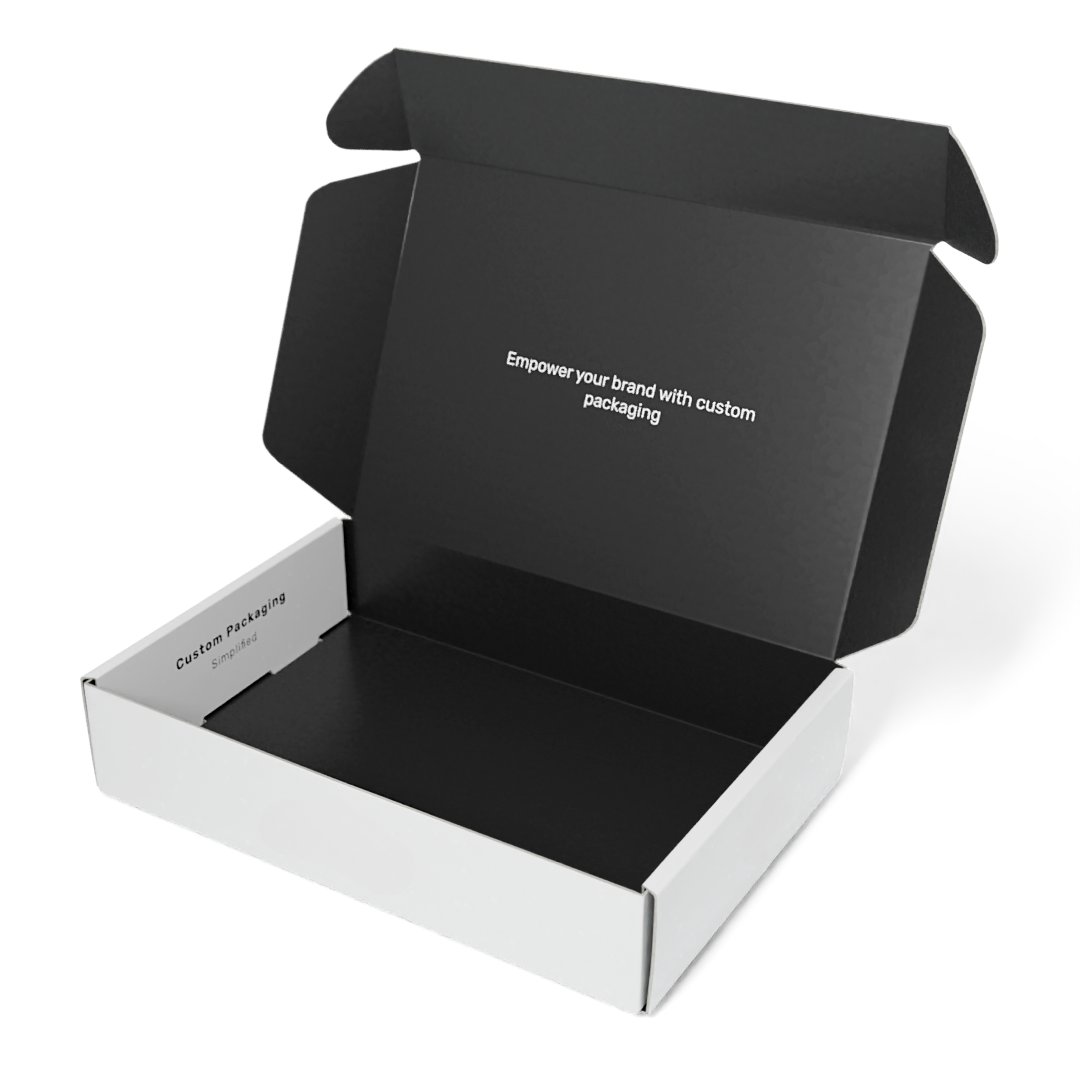
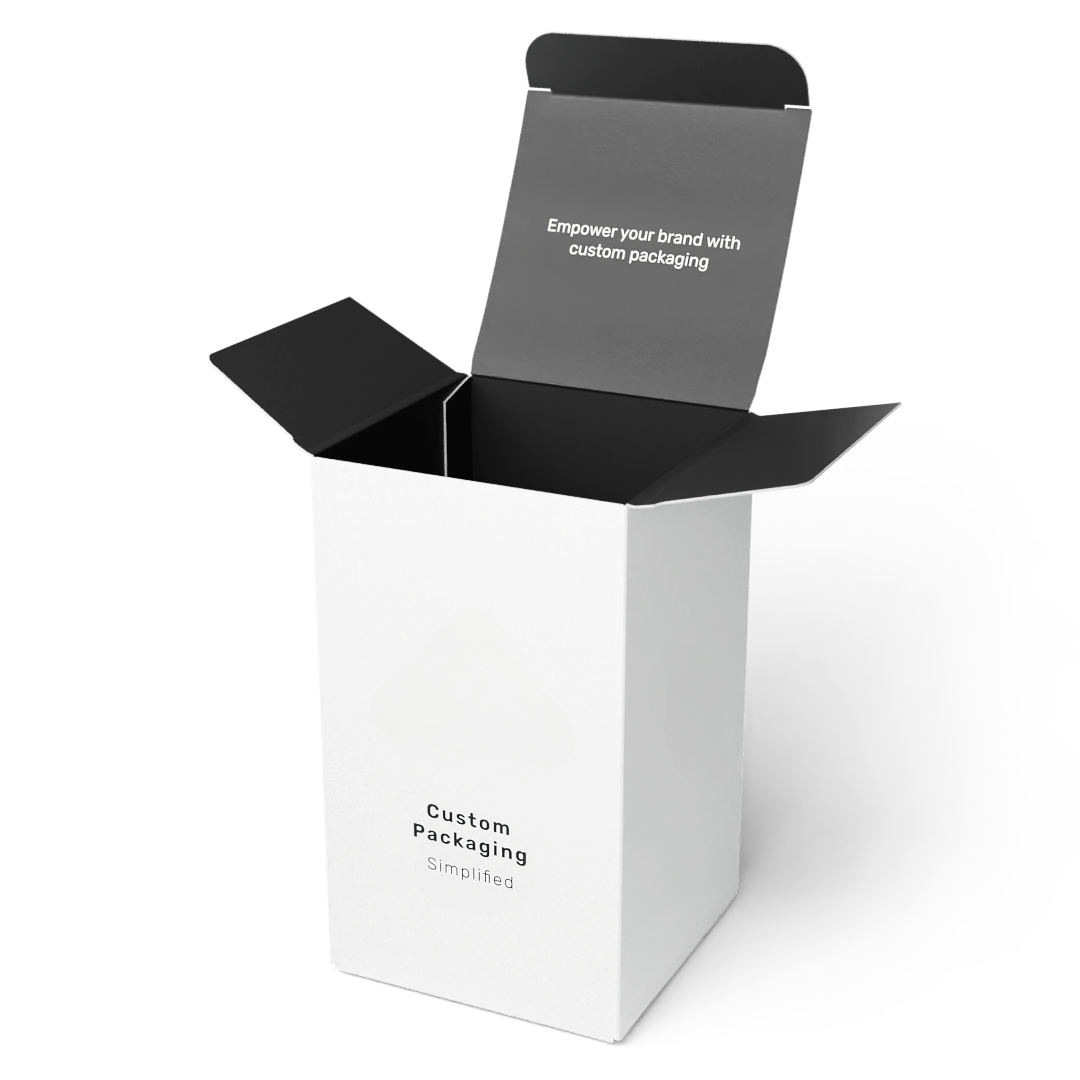
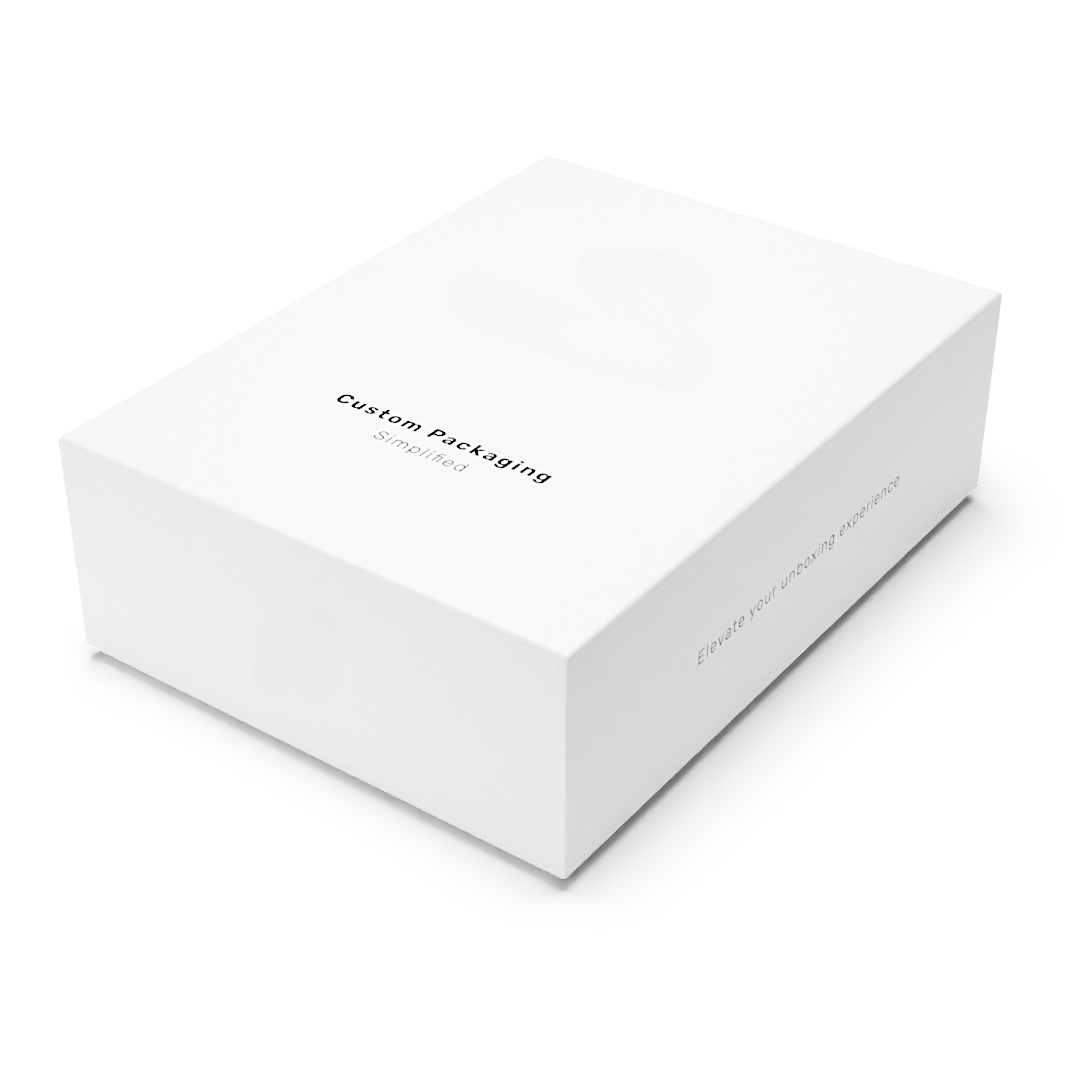
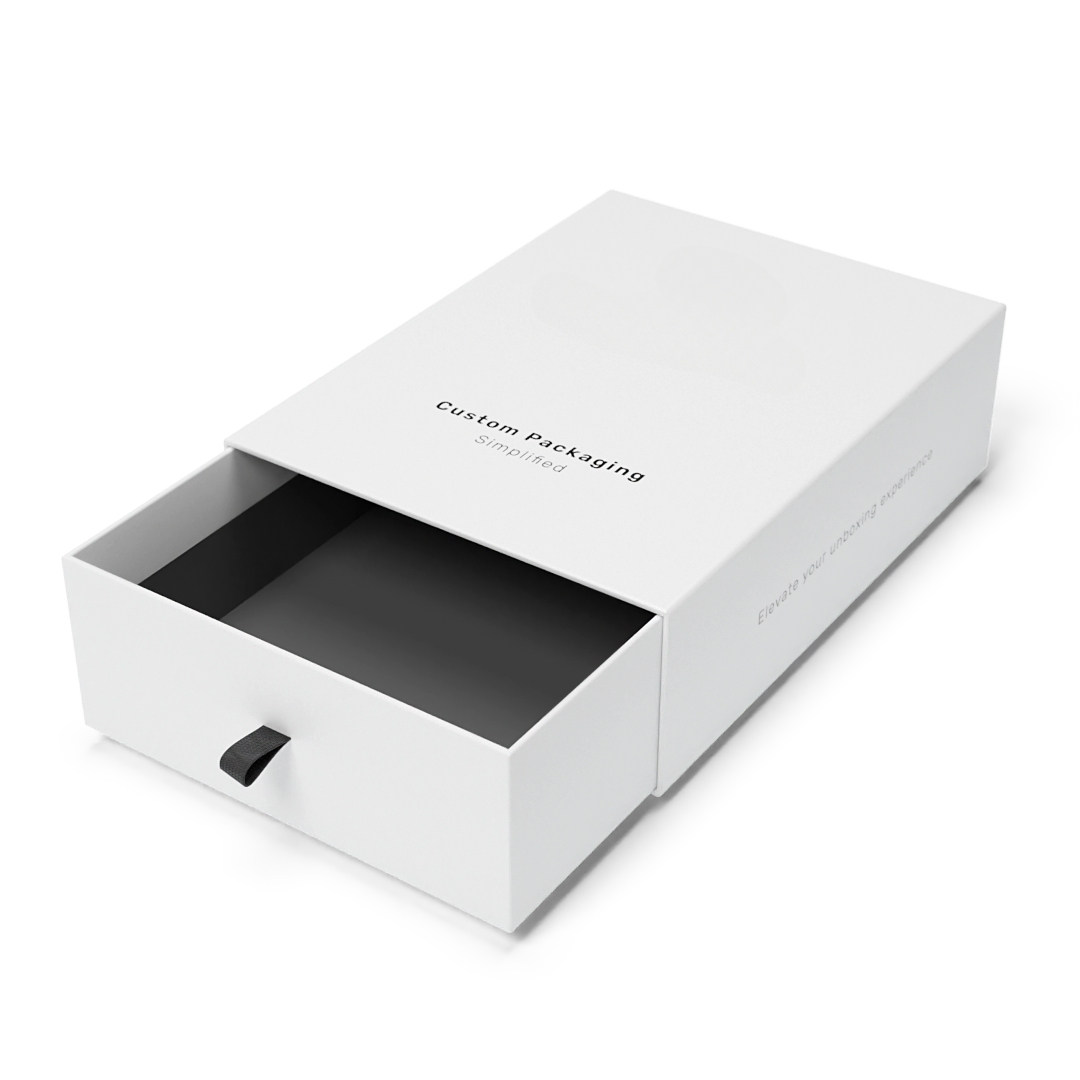
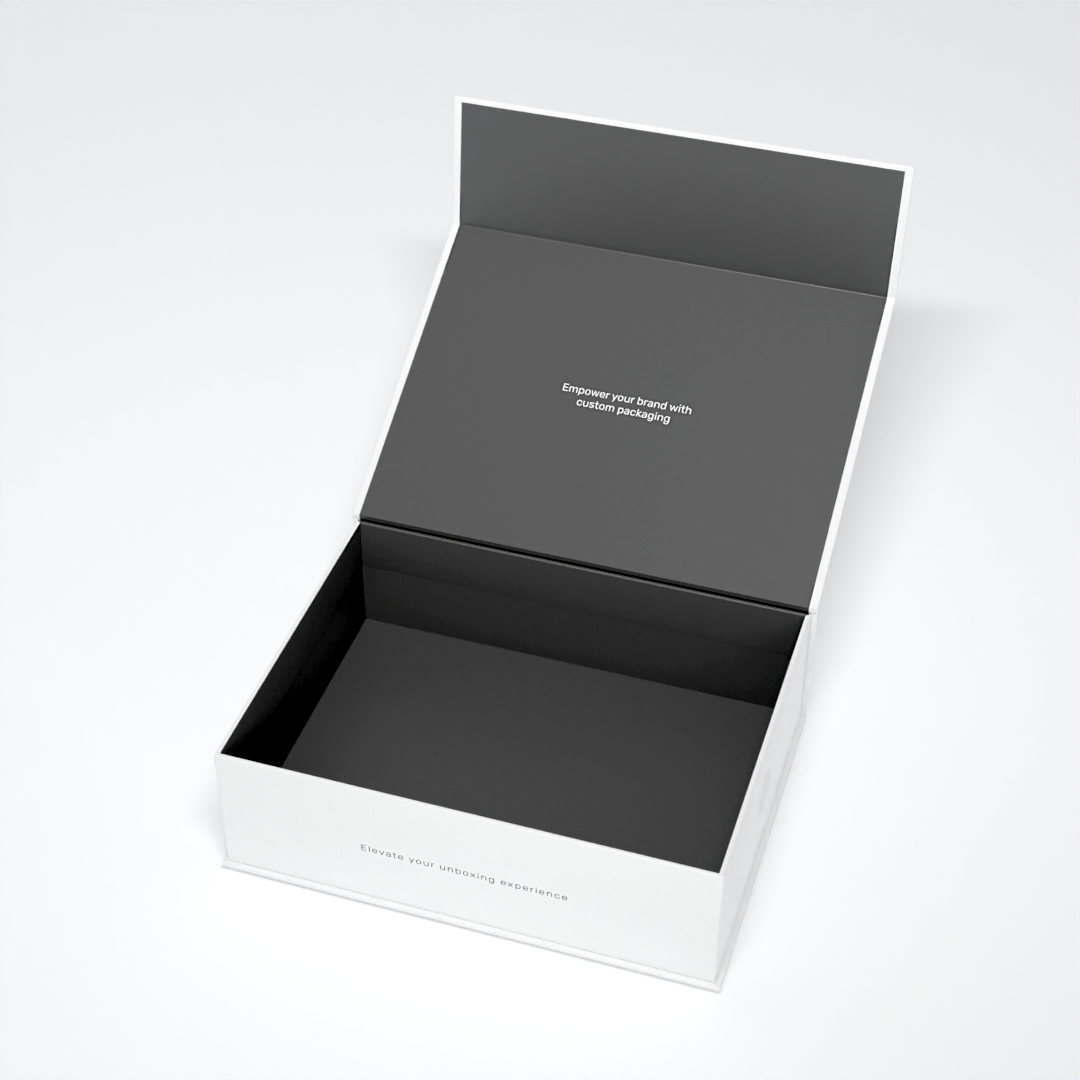
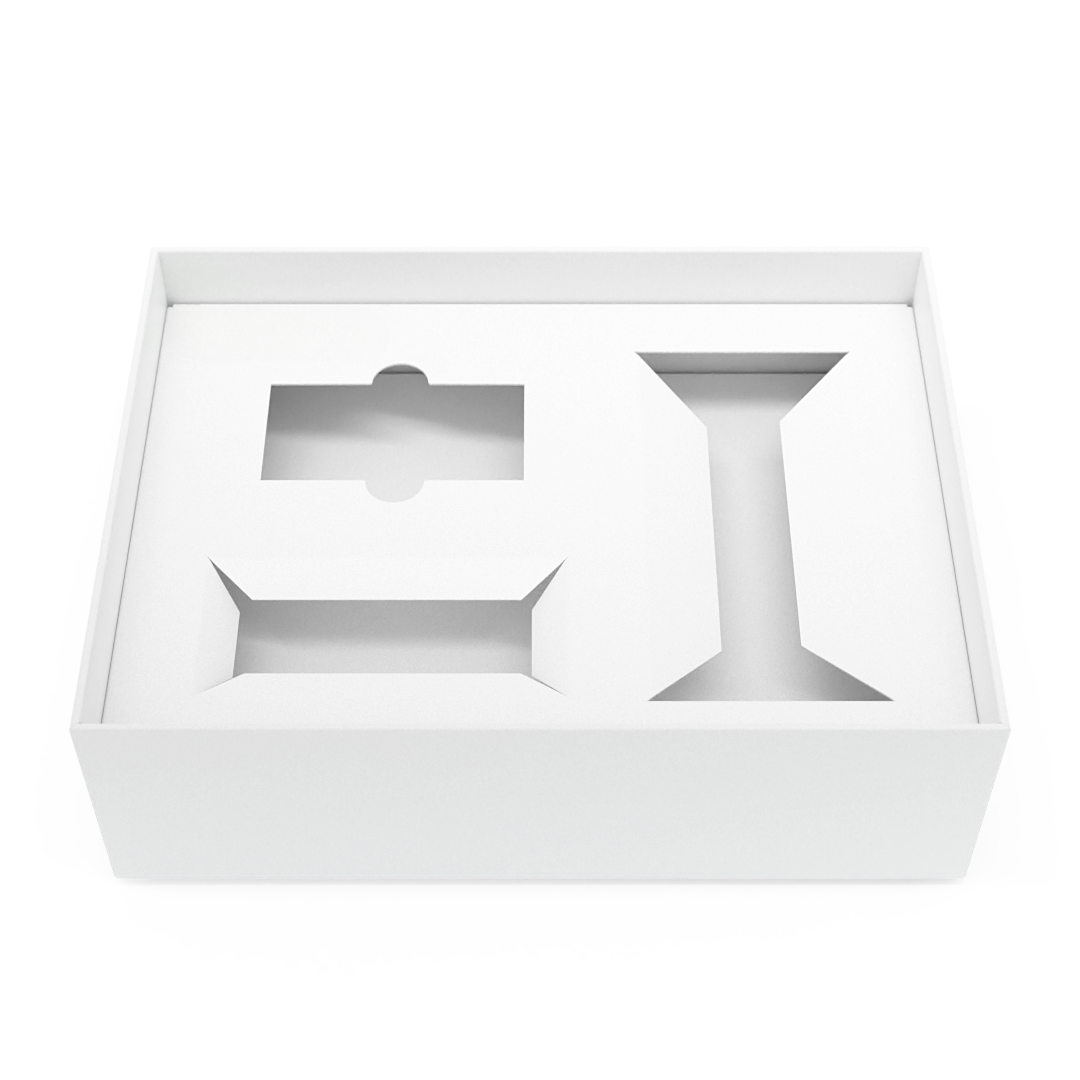
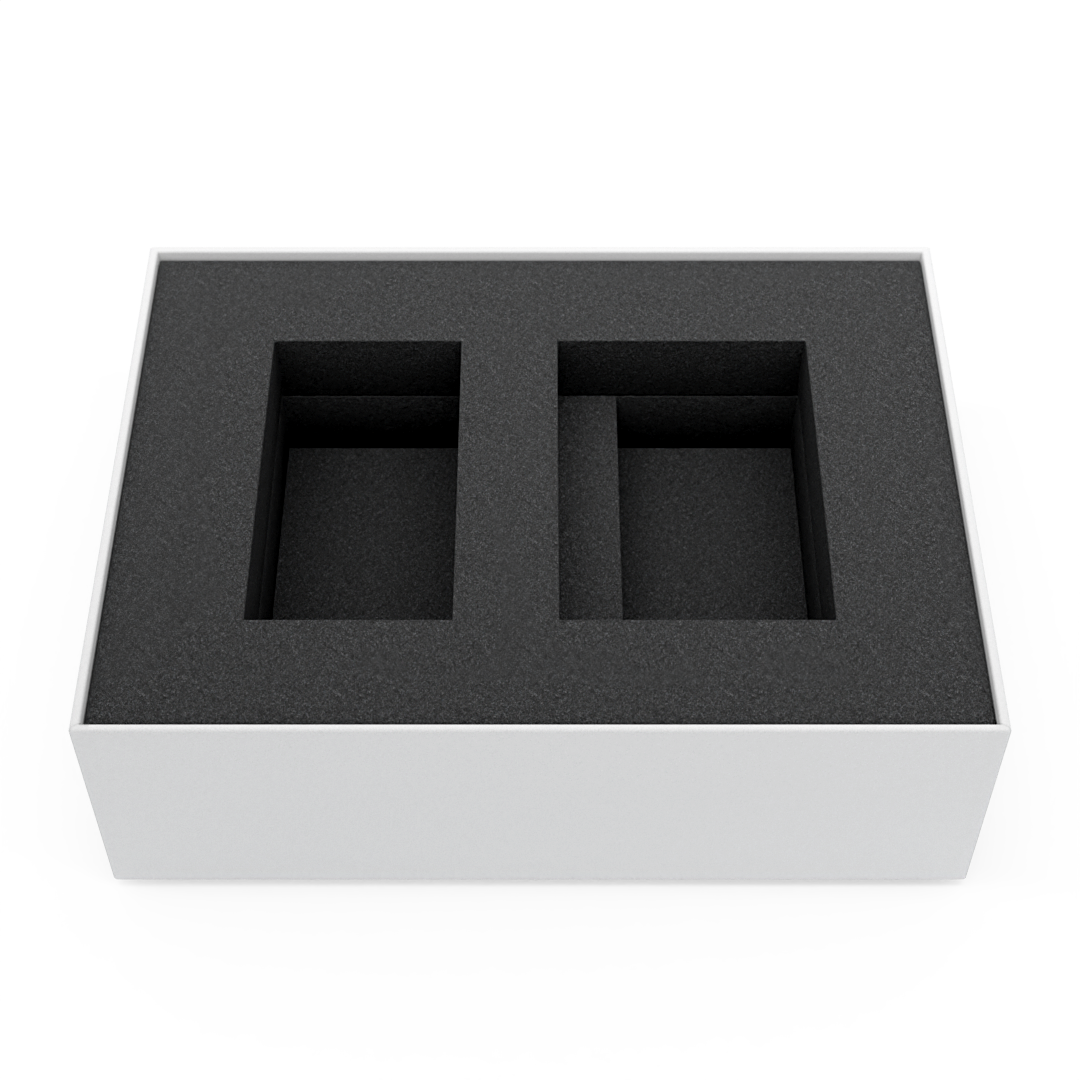
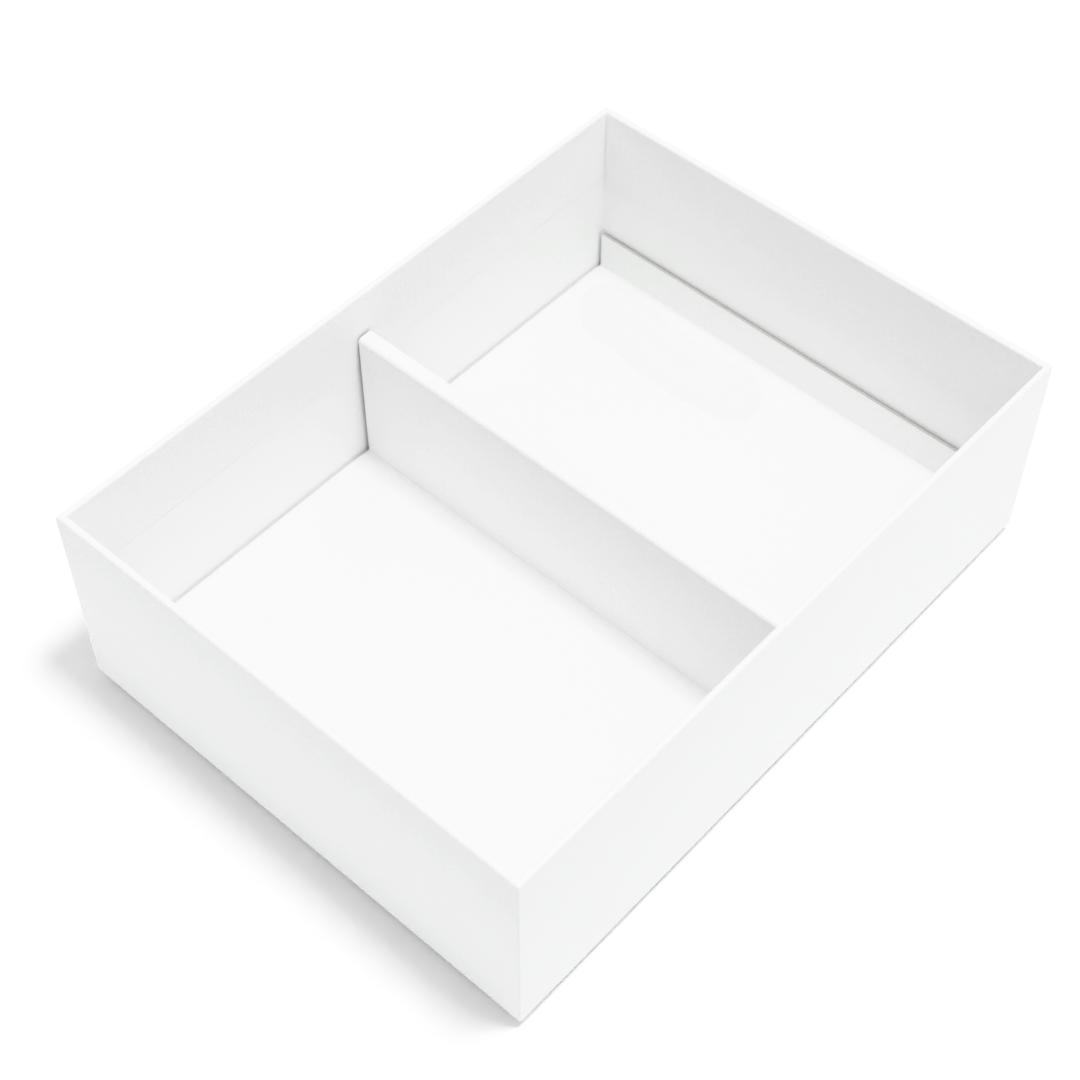
Leave a comment